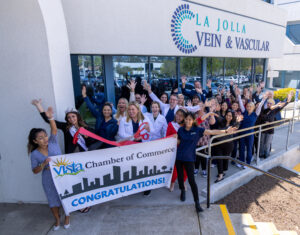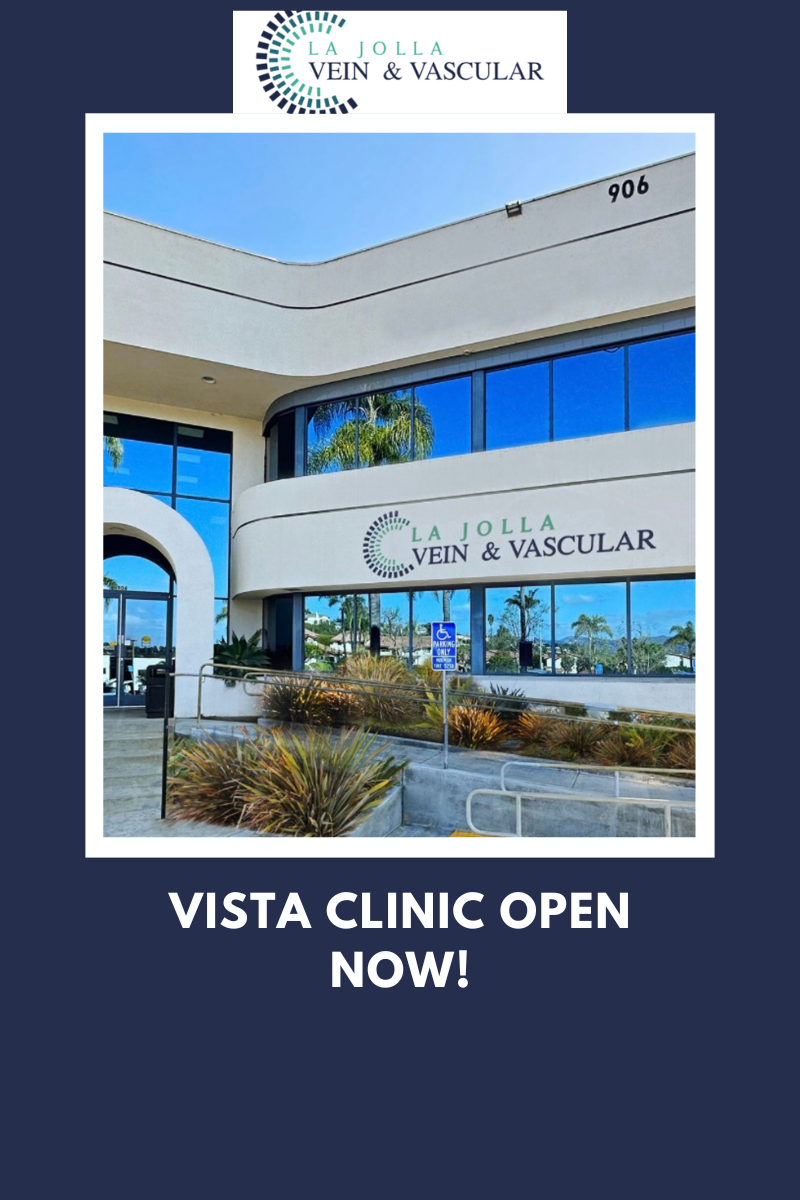Our new La Jolla Vein & Vascular Vista Clinic is now open!!!
LJVascular2023-05-30T17:32:05-07:00Our new La Jolla Vein & Vascular Vista Clinic is now open!!!

We had our wonderful ribbon cutting ceremony this past month with Vista City’s Chamber of Commerce.

We were so honored to have Vista […]

















